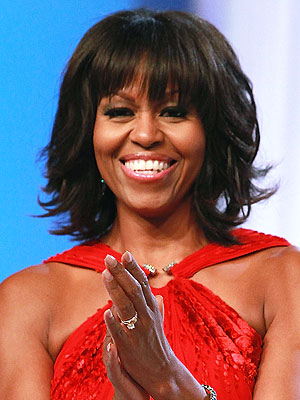
Toru Hanai/Reuters
Prime Minister Shinzo Abe, whose policies have sent the Tokyo stock market up, will visit Washington this week.
TOKYO — Since taking office less than two months ago, Japan’s outspokenly hawkish new prime minister, Shinzo Abe, has been in what some political analysts are calling “safe driving mode.” He has carefully avoided saying or doing anything to provoke other Asian nations, while focusing instead on wooing voters with steps to revive the moribund domestic economy.
So far, his approach seems to be working. His plans for public-works projects, stimulus measures called “Abenomics,” have sent the Tokyo stock market surging along with Mr. Abe’s own approval rating, which is now at 71 percent, according to the latest poll by Yomiuri Shimbun. On Friday, he will seek to build on his strong start when he meets President Obama at a Washington summit meeting aimed at improving relations with the United States, which regards Japan as its most important ally in Asia.
Mr. Abe, 58, has said he wants to be what Japan has not seen in almost a decade: a steady-handed leader who lasts long enough in office to actually get things done. Analysts say his success hinges on whether he can lead his Liberal Democratic Party to victory in upper house elections in July, and end the split Parliament that undermined many of his predecessors.
What is less clear is what he will do if he wins that election. One trait that makes Mr. Abe a bit of an enigma, some analysts say, is that he seems to have two sides: the realist and the right-wing ideologue. In analysts’ view, if he does jettison some of his current caution, for instance by trying to revise Japan’s antiwar Constitution to allow a full-fledged military instead of its current Self-Defense Force, he risks provoking a standoff with China over disputed islands, and possibly isolating Japan in a region still sensitive to its early-20th-century militarism.
“In his first six weeks, he has done everything he can to show he is a moderate,” said Andrew L. Oros, director of international studies at Washington College in Chestertown, Md. “But after July, he might feel he has a freer rein to do things that he thinks are justified.”
Part of the problem, Mr. Oros and others say, is that Mr. Abe faces conflicting political pressures. His base in the governing party’s most conservative wing expects bold steps to end what it sees as Japan’s overly prolonged displays of contrition for World War II. But he must also convince the broader public that he is a coolheaded, competent steward of a declining nation that also depends on China for its economic future.
There is also the ghost of his past failure. The last time he was prime minister, six years ago, he stepped down amid criticism that he had been “clueless” for having pursued a nationalistic agenda of revising the Constitution and history textbooks, and for not doing more to reduce unemployment and spur the economy.
This time, Mr. Abe is acting with the determined carefulness of a man given a second chance. He has focused on extricating Japan from its recession with steps that have quickly buoyed the country’s economy, the world’s third-largest. Since being named prime minister after his party’s election victory in December, Mr. Abe has promised $215 billion in public works spending to create jobs and promote growth.
He has also publicly pressured the central bank, the Bank of Japan, to move more aggressively to end years of corrosive price declines known as deflation — threatening, for example, to amend the law on the bank’s independence if it does not reach its target of 2 percent inflation. The bank’s governor, Masaaki Shirakawa, announced this month that he would step aside to allow Mr. Abe to appoint a new chief who will work more closely with the government by pumping more money into the economy to prompt banks to lend more and companies to spend more.
“Mr. Abe has clearly learned the lessons of his past failure,” said Norihiko Narita, a political scientist at Surugadai University, near Tokyo. “And the biggest lesson is that voters care more about the economy.”
This article has been revised to reflect the following correction:
Correction: February 19, 2013
An earlier version of this article referred incorrectly to a request for a meeting in January that the Obama administration declined. Prime Minister Shinzo Abe was proposing traveling to the United States; the Japanese did not ask President Obama to visit.
This article has been revised to reflect the following correction:
Correction: February 19, 2013
An earlier version of this article misspelled part of the name of the Japanese newspaper whose latest poll gave Mr. Abe an approval rating of 71 percent. It is Yomiuri Shimbun, not Shimbum.










